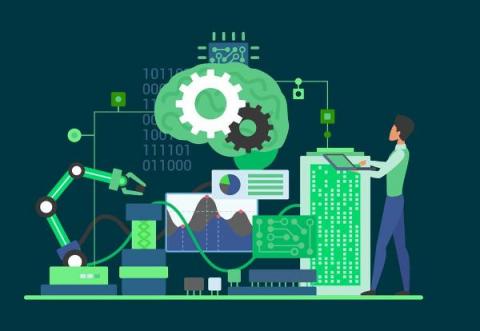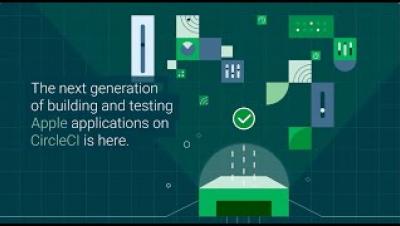Solving the top 7 challenges of ML model development with CircleCI
Amid an AI boom and developing research, machine learning (ML) models such as OpenAI’s ChatGPT and Midjourney’s generative text-to-image model have radically shifted the natural language processing (NLP) and image processing landscape. Due to this new and powerful technology, developing and deploying ML models has quickly become the new frontier for software development.









